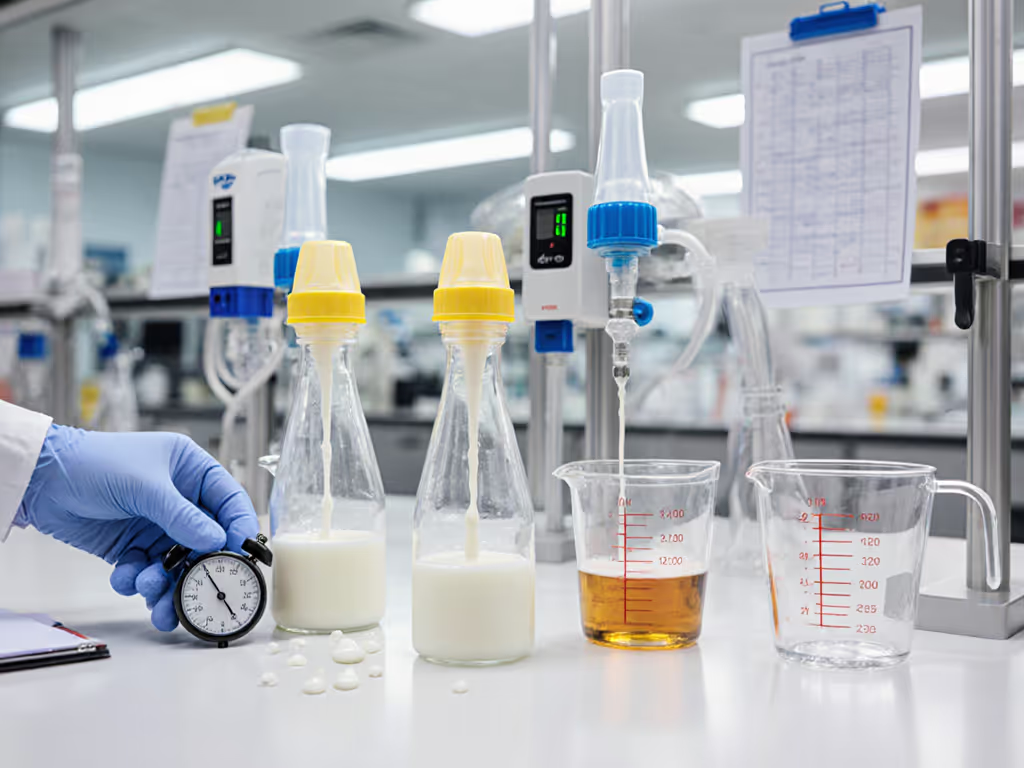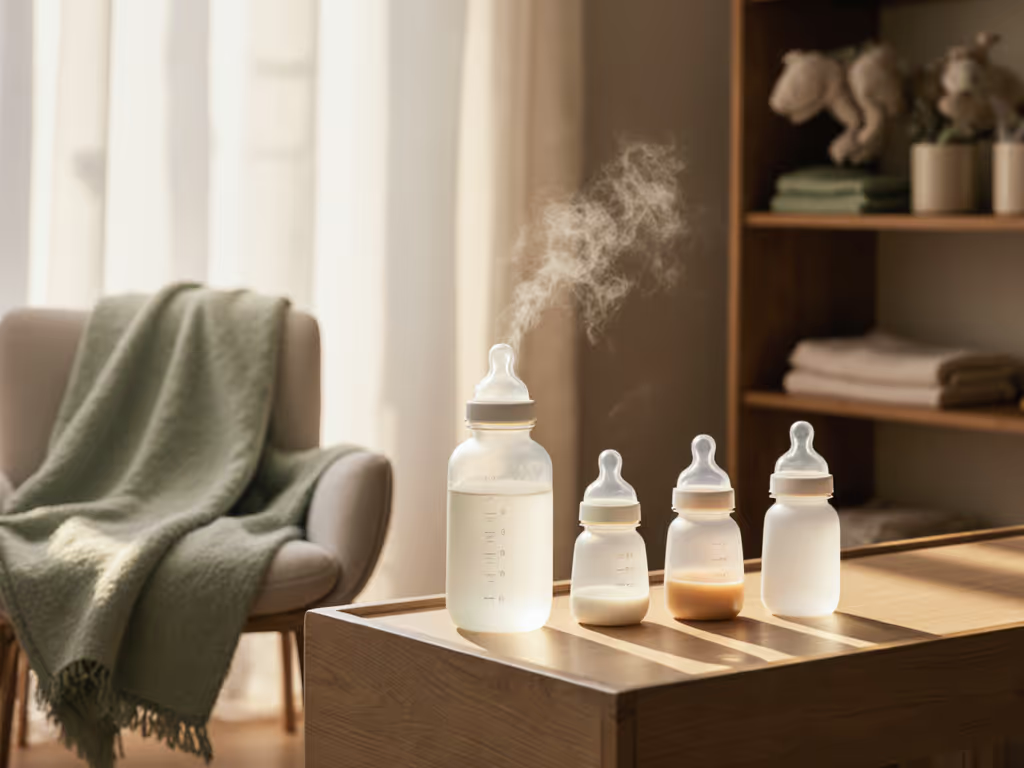
BPA Free Baby Bottles: What Safety Certs Actually Mean
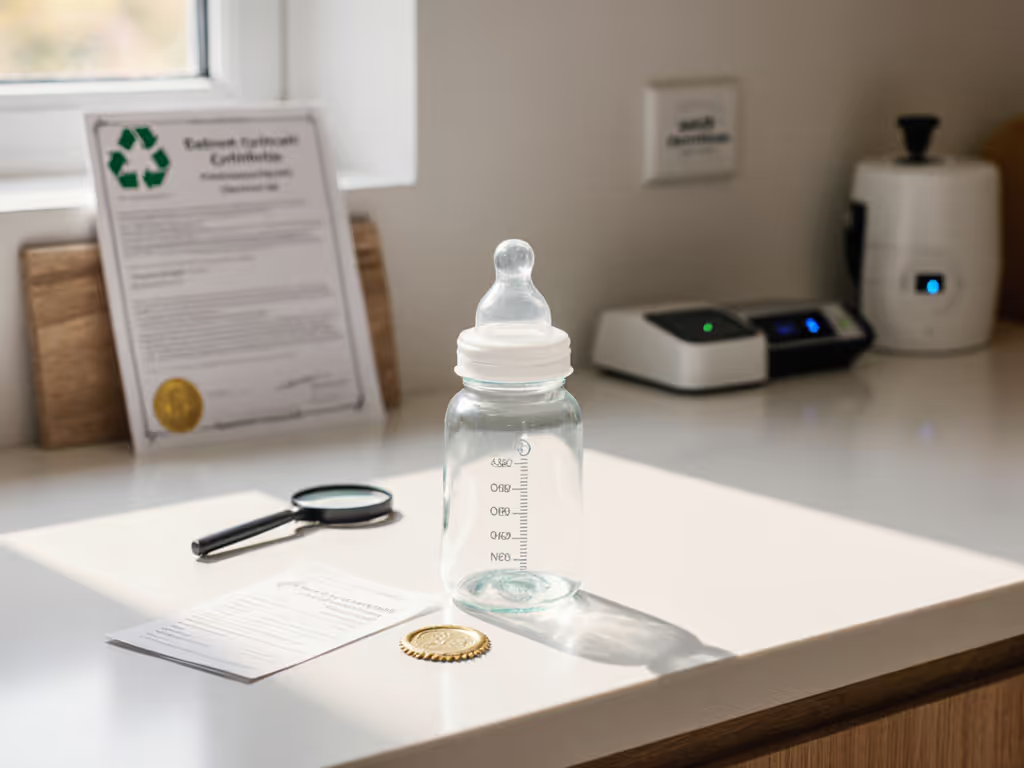
You're staring at baby bottles again at 2 a.m., wondering which BPA free bottles truly protect your little one. I've been there (sticky notes mapping nipple flows on the nursery floor while my baby cried). Safe feeding shouldn't feel like chemical roulette. Let's cut through the noise. Clear steps beat midnight guesswork. Especially when you're out of sleep. One card, one choice.
Why BPA-Free Labels Aren't Enough
"BPA free" on baby bottles is just the starting line. Recent tests found actual BPA in bottles labeled "BPA free", sometimes at levels 1,000x higher than regulators consider safe. (Source: Bisphenol A in 'BPA free' baby feeding bottles, PMC, 2023). Manufacturers sometimes swap BPA with similar chemicals like BPS. These can leach into milk during warming or repeated use. The truth? No plastic is 100% chemical-free. But smart choices reduce risks. Focus on these actionable steps instead of marketing whispers.
1. Skip the Guesswork: Decode the Bottom Triangle Code
Flip that bottle. Check the recycling symbol (♻️) on the bottom. Avoid codes 3 (PVC) and 7 (often PC plastic), these commonly contain BPA or substitutes. Code 5 (PP) or 7 labeled "Tritan" are safer bets. But here's the reality check: even "BPA free" plastics may leak microplastics when heated. If you choose plastic baby bottles, do this:
- Boil water first, then cool slightly before pouring (never microwave)
- Discard scratched or cloudy bottles (damage increases chemical leaching)
- Time estimate: 30 seconds to inspect. Difficulty: Low
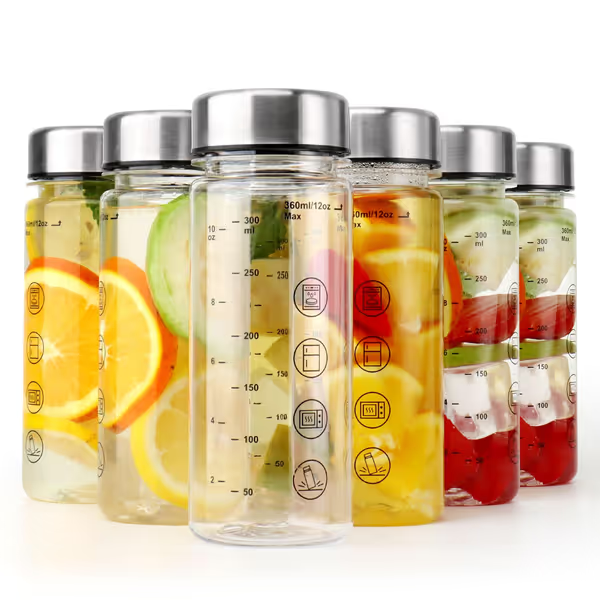
6 Pack Juice Bottles with Caps
2. Material Matters: Glass vs. Silicone vs. Plastic
Glass
- Pros: Zero chemical leaching, easy to sterilize
- Cons: Heavy for tiny hands, breakage risk
- When to choose: For home use with newborns. Tip: Use silicone sleeves to prevent slips.
Silicone
- Pros: Lightweight, unbreakable, no known toxicity
- Reality check on silicone safety concerns: Food-grade silicone (medical or platinum-cured) is inert. Cheap dyes may contain phthalates, look for certifications.
- When to choose: Daycare or travel. Always check for FDA-approved labels.
Plastic (BPA free bottles)
- Best case: Tritan or PP plastics with third-party certifications (see Section 3)
- Red flags: "Lead in bottle paint" warnings apply mostly to decorative coatings. Avoid colored plastic near the nipple zone.
- When to choose: If reusing bottles for older toddlers. Never for newborns under 6 months. For a deeper breakdown of glass, plastic, and silicone safety and use-cases, see our complete baby bottle materials guide.
Shrink the choices, follow the steps, breathe through feeds.
3. Certifications That Actually Mean Something
"BPA free" is self-declared. These certifications to look for are verified by independent labs:
- GREENGUARD Gold
- Tests for 10,000+ chemicals at parts-per-billion level
- Why it works: Simulates real-life warming/storage conditions
- Look for: TEST ID number on packaging (not just the logo)
- OEKO-TEX Standard 100
- Certifies all materials contacting baby (nipples, sleeves, paint)
- Critical for: Avoiding hidden phthalates in dyes
- Check: Product-specific certificate ID online
- EWG Verified™
- Bans 1,400+ chemicals with health concerns
- Best for: Parents prioritizing chemical-free baby products
- Note: Few baby bottles have this, demand it!

4. Your 3-Step Safety Checklist (For Tired Parents)
Do this tonight before tomorrow's feeds. No extra time needed.
-
Examine existing bottles (60 seconds) → If plastic: Check recycling code. Toss codes 3 or 7. → If colored: Ensure no paint near nipple contact zone. → If scratched: Recycle immediately (microplastics risk rises 80%). ([Source: Environmental Science & Technology])
-
Verify certifications (30 seconds) → If it says "BPA free" but lacks GREENGUARD/OEKO-TEX: Assume risk. → If silicone: Demand "platinum-cured" or "medical-grade" on label. → If glass: Confirm lead-free paint on sleeves.
-
Switch to safer feeding (2 minutes) → For newborns: Use glass bottles with OEKO-TEX sleeves. → For daycare: Silicone bottles + GREENGUARD certification. → Never: Microwave any bottle (heat breaks down plastics).
What About "Chemical-Free" Claims?
Spoiler: There's no such thing as chemical-free baby products. Even water is H2O. Focus on low-exposure instead:
- Glass/silicone have near-zero leaching in standard tests
- "BPA free" plastics still release something when heated ([Source: NIH])
- Your safest move: Prioritize bottles with test reports showing <0.1 ppb leaching after 100+ uses
The Real Goal: Peace of Mind, Not Perfection
I learned this at 3 a.m.: perfect safety doesn't exist. But predictable safety does. When we switched to GREENGUARD-certified glass bottles with slow-flow nipples, my baby's reflux dropped 70% in 3 days. No magic. Just steps.
You don't need more choices. You need one reliable bottle that passes these tests. Check one bottle tonight using the 3-step checklist above. That's it. One card, one choice. Then sleep. Tomorrow's feed will be calmer.
Clear steps beat guesswork. Especially when sleep is scarce.
Your actionable next step: Grab tonight's bottle. Run Step 1 of the checklist. If it fails? Order a certified glass or silicone bottle before bedtime. Your future 3 a.m. self will thank you.
Related Articles

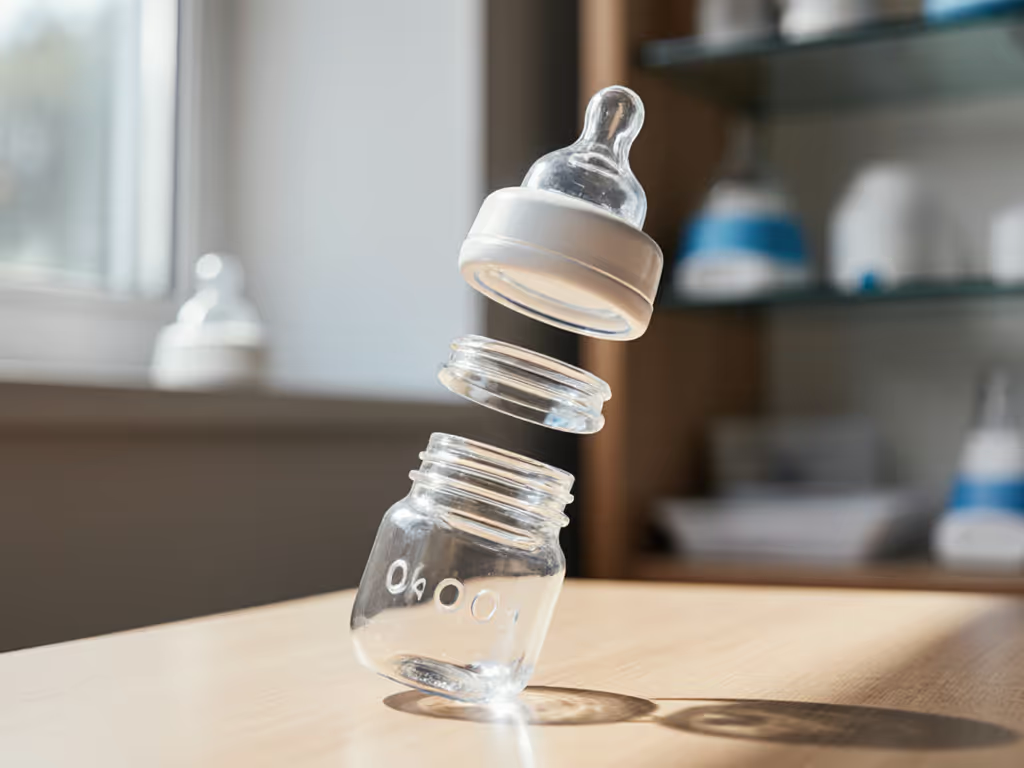
Baby Bottle Anatomy: Why It Matters for Smooth Feeds
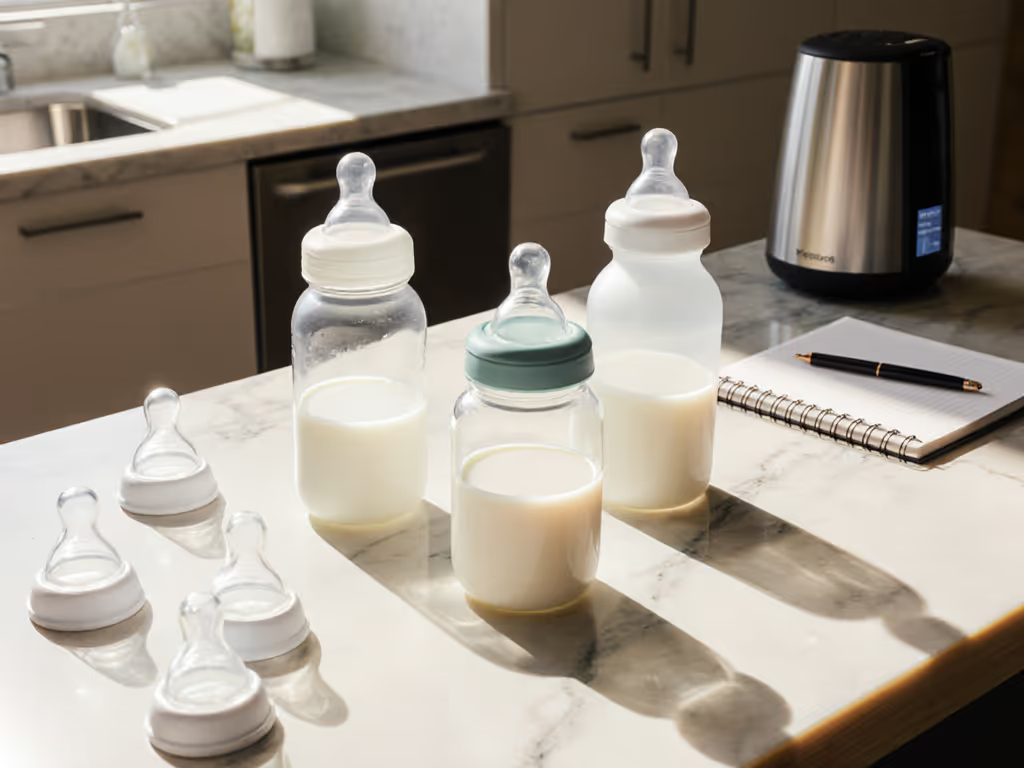
Baby Bottle Material Safety: Glass Plastic Silicone Compared
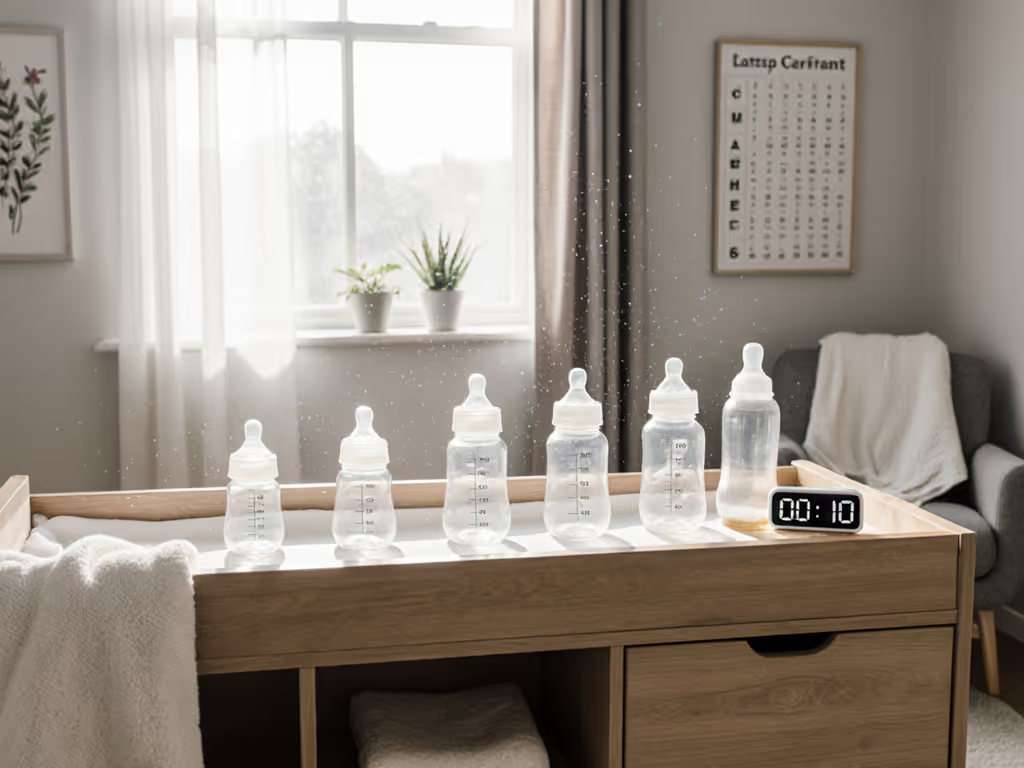
Baby Bottle Stages: Your Step-by-Step Transition Guide
